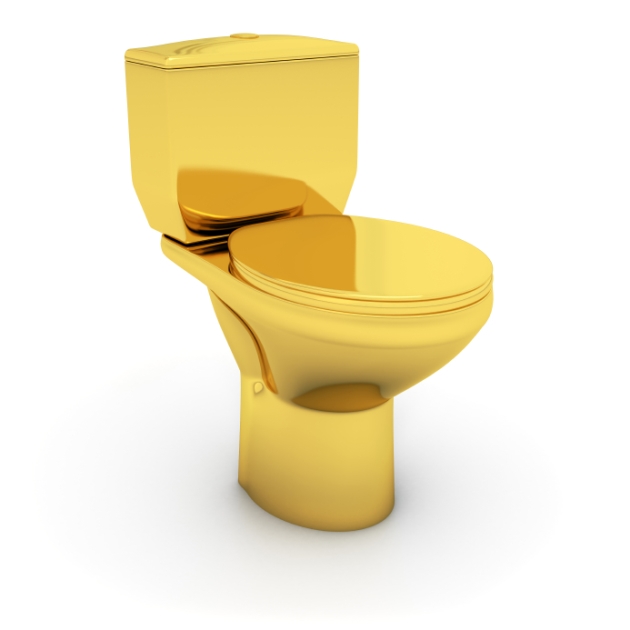
When you engage in making something, you are consciously or unconsciously managing thousands and thousands of decisions. It can be daunting to organize and evaluate endless possibilities in a way that ensures something noble will result.
To help clarify and prioritize decisions, I often ask a simple but probing question: What is the good life? When we make things we have the opportunity to enrich our lives, so if we are precise about what constitutes a good life it is easier to make progress.
National Geographic recently published an updated list of the World’s Happiest Places. Topping the list were Denmark and Costa Rica. These are certainly not the richest or most powerful countries in the world but both are lovely places. So what contributes to people’s satisfaction? According to National Geographic research the following had a significant impact on the participants’ sense of well-being: Quality of social relationships, quality of built environment, access to nature, walk-able/bike-able neighborhoods, clean air, clean water, active lifestyle, quality food, health, learning / experiencing something
interesting everyday and limiting exposure to advertising and marketing.
Aristotle believed that true happiness came only from a life of meaning—doing what was worth doing. It is easy to lose sight of the things that support and enable a good life. Makers can easily be drawn into misguided pursuits, like the 24-carrot gold throne shown here, which is a counterfeit to the good life. Although I have never sat on a solid gold toilet I suspect there is a discomforting chill at first contact and due to the high conductive nature of gold I would worry about utilizing the fixture during a thunderstorm. At best this item is a shallow symbol of wealth intended to generate awe and perhaps envy in others. Makers must remain vigilant, seize every opportunity we are afforded, and use our superpowers to deliver the good life.
